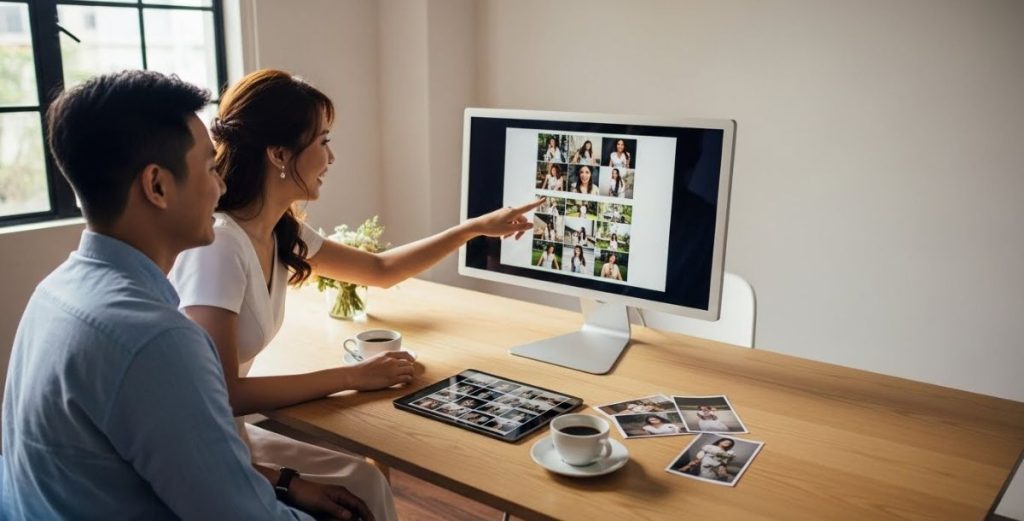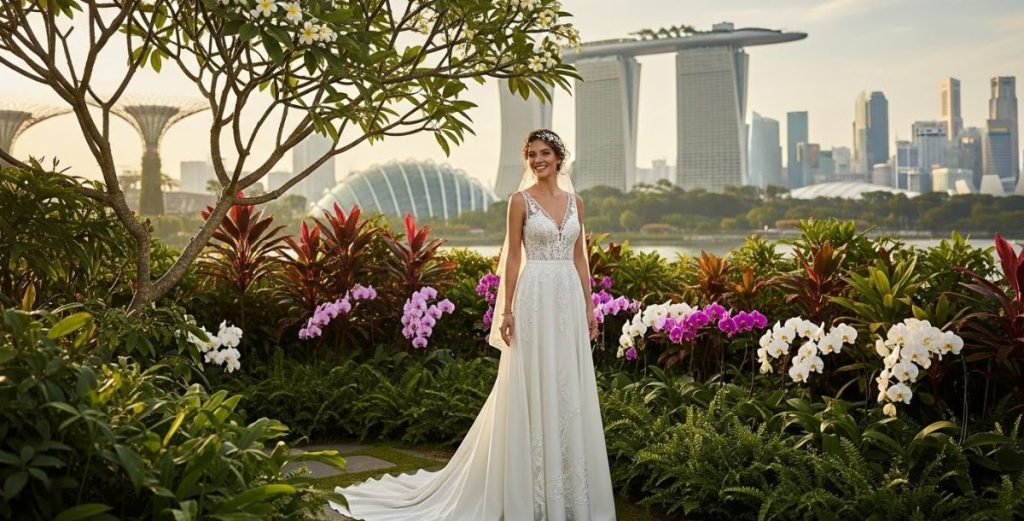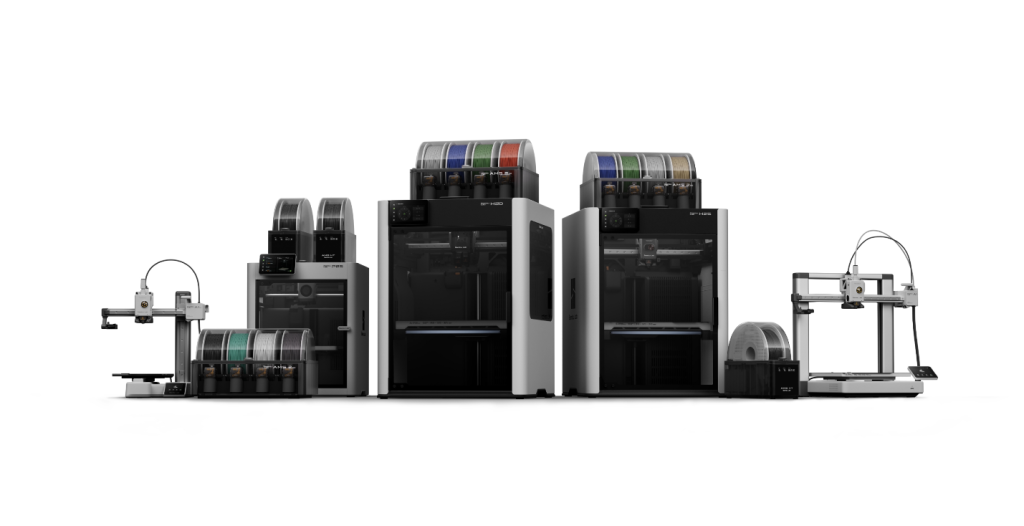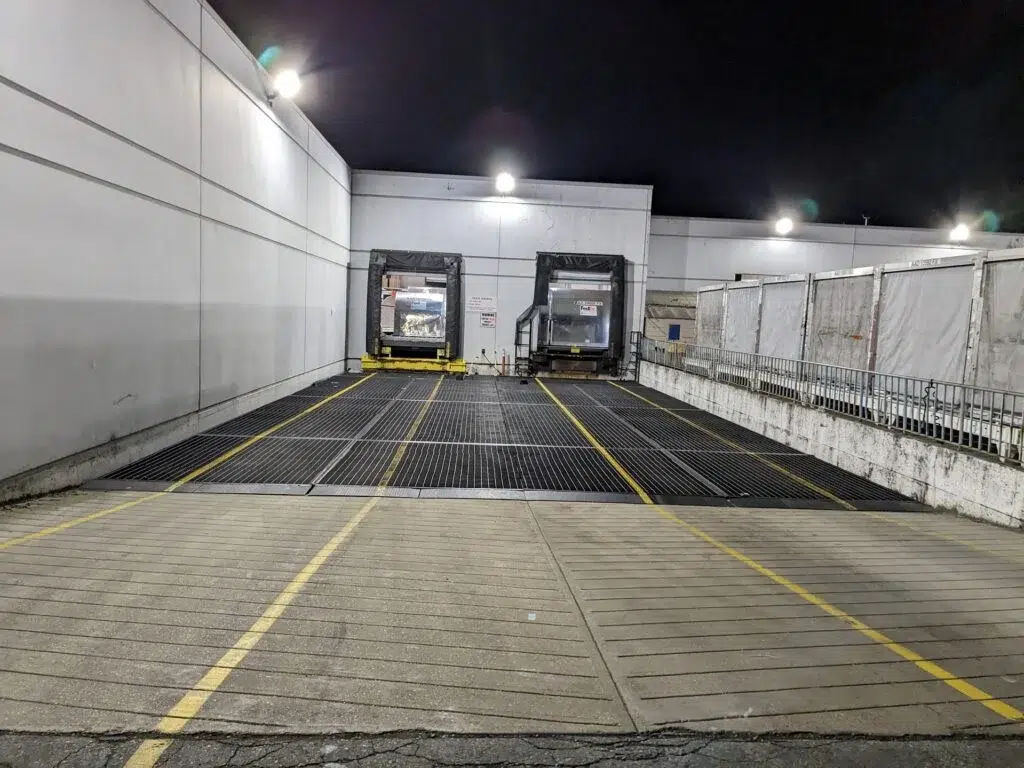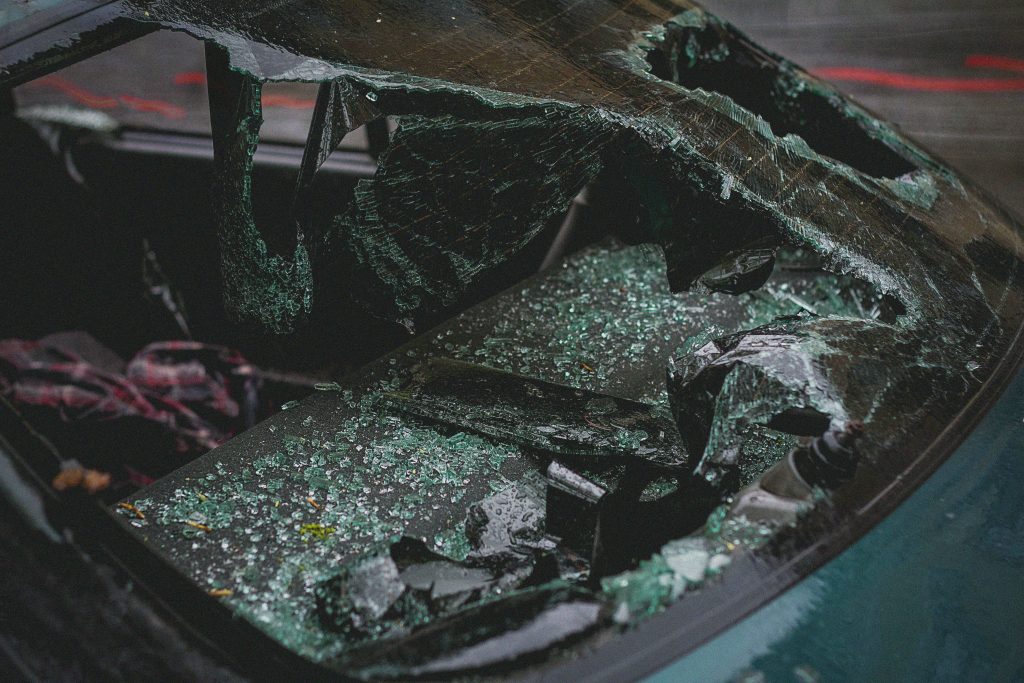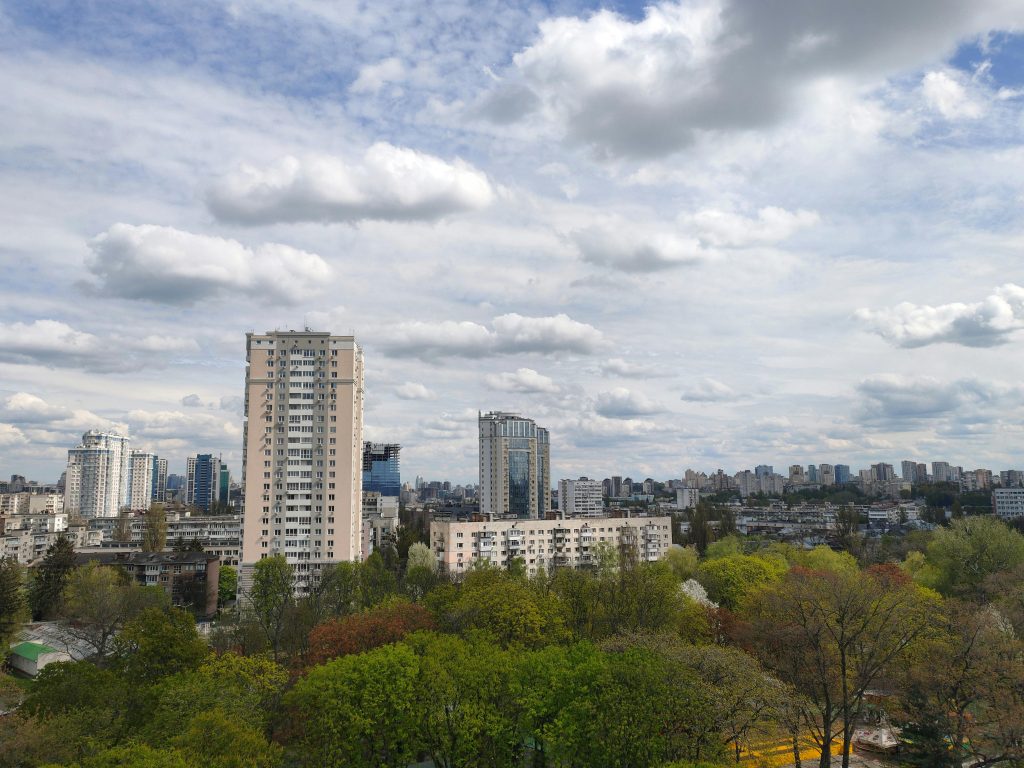Custom posters are an excellent way to advertise a business, commemorate an event, or showcase art. However, to ensure that your poster turns out exactly how you envisioned it, several key factors must be considered.
These include the cover size, resolution, color accuracy, and paper type. Let’s break down each of these factors to help you make an informed decision about your custom poster printing.
Cover Size
When considering custom poster printing, selecting the right cover size is essential. Poster size determines how the image or design will be displayed. Common sizes range from smaller options like 11″x17″ to larger formats such as 24″x36″. The size you choose should align with the purpose of your poster.
For example, smaller posters might be suitable for indoor locations or close-range viewing, while large posters work well for outdoor advertising or in spaces where the poster needs to capture attention from a distance.
It’s also important to factor in the space where the poster will be placed. Make sure the dimensions of your poster match the available space. This ensures the poster won’t appear cramped or too large for the intended display area. If you plan to print multiple posters, ensuring they are all the same size helps with consistency and presentation.
Resolution
Resolution is one of the most crucial factors in custom poster printing. The clarity and sharpness of the image depend directly on the resolution. If you use low-resolution images, the result will be a blurry or pixelated print, which is not ideal for any kind of professional project. For large posters, aim for a high resolution to ensure that the image maintains quality even when blown up to a larger size.
The ideal resolution for poster printing is typically 300 DPI (dots per inch). This ensures that your design or artwork looks crisp and clear, even when enlarged. If the resolution is too low, the printed poster may have visible pixelation, which detracts from its overall visual appeal. Always double-check the image’s resolution before printing to avoid unnecessary issues.
Color Accuracy
Color accuracy plays a significant role in custom poster printing. The colors you see on your screen may not always match those in the printed version, especially if you’re using a printer that’s not color-calibrated. Ensuring that your poster’s colors are printed accurately is vital for maintaining the integrity of your design, artwork, or branding.
To achieve the best color accuracy, it’s important to use a professional-grade printer or a reputable printing service. Additionally, working with a color profile in your design software can help ensure that your printed colors align with what you see on your screen. If you’re using a particular brand’s colors, it’s also important to account for how they may appear in print, as some colors might look different in ink form.
Paper Type
The paper type you choose will influence the texture, durability, and overall aesthetic of your custom poster. Different paper options are available, including glossy, matte, satin, and textured finishes. Glossy paper gives a vibrant, shiny appearance, making colors pop, while matte paper has a more subdued, non-reflective surface that’s ideal for more professional or subtle designs.
When deciding on paper type, you should also consider the poster’s intended use. If it’s for an outdoor event, a heavier, more durable paper is recommended to withstand the elements. For indoor posters, a lighter weight paper may suffice.
The weight of the paper also affects the feel of the poster. Heavier paper feels more premium and substantial, while lighter paper can make the poster more portable. Similarly, for custom sticky notes, choosing the right paper ensures durability and ease of use, whether for office memos or creative personal reminders.
Conclusion
In conclusion, the success of your custom poster printing project depends on several important factors. Selecting the right cover size, ensuring the image resolution is high, focusing on color accuracy, and choosing the correct paper type are essential steps in achieving a quality printed poster. Each of these elements plays a crucial role in the final product, so take the time to consider your options carefully to create a poster that truly stands out.
FAQ
1. What is the ideal size for a custom poster?
The ideal size for a custom poster depends on the space where it will be displayed and the purpose of the poster. Common sizes include 11″x17″ for smaller spaces and 24″x36″ for larger displays. Choose a size that aligns with the visibility and design you have in mind.
2. How can I ensure color accuracy when printing my custom poster?
To ensure color accuracy, use a professional-grade printer or a reputable printing service. Additionally, work with color profiles in your design software to align what you see on the screen with the final printed version. Printing services often provide guidance on matching colors accurately.
3. What is the best resolution for a custom poster?
The ideal resolution for a custom poster is typically 300 DPI (dots per inch). This ensures that the image remains sharp and clear, even when enlarged. Lower resolutions may result in a blurry or pixelated print.
4. How does the paper type affect my poster?
The paper type affects the look and feel of your poster. Glossy paper enhances vibrant colors, while matte finishes offer a more subdued and professional look. Choose paper based on your intended use and desired finish to achieve the best results.



